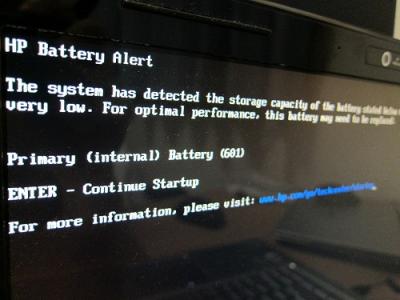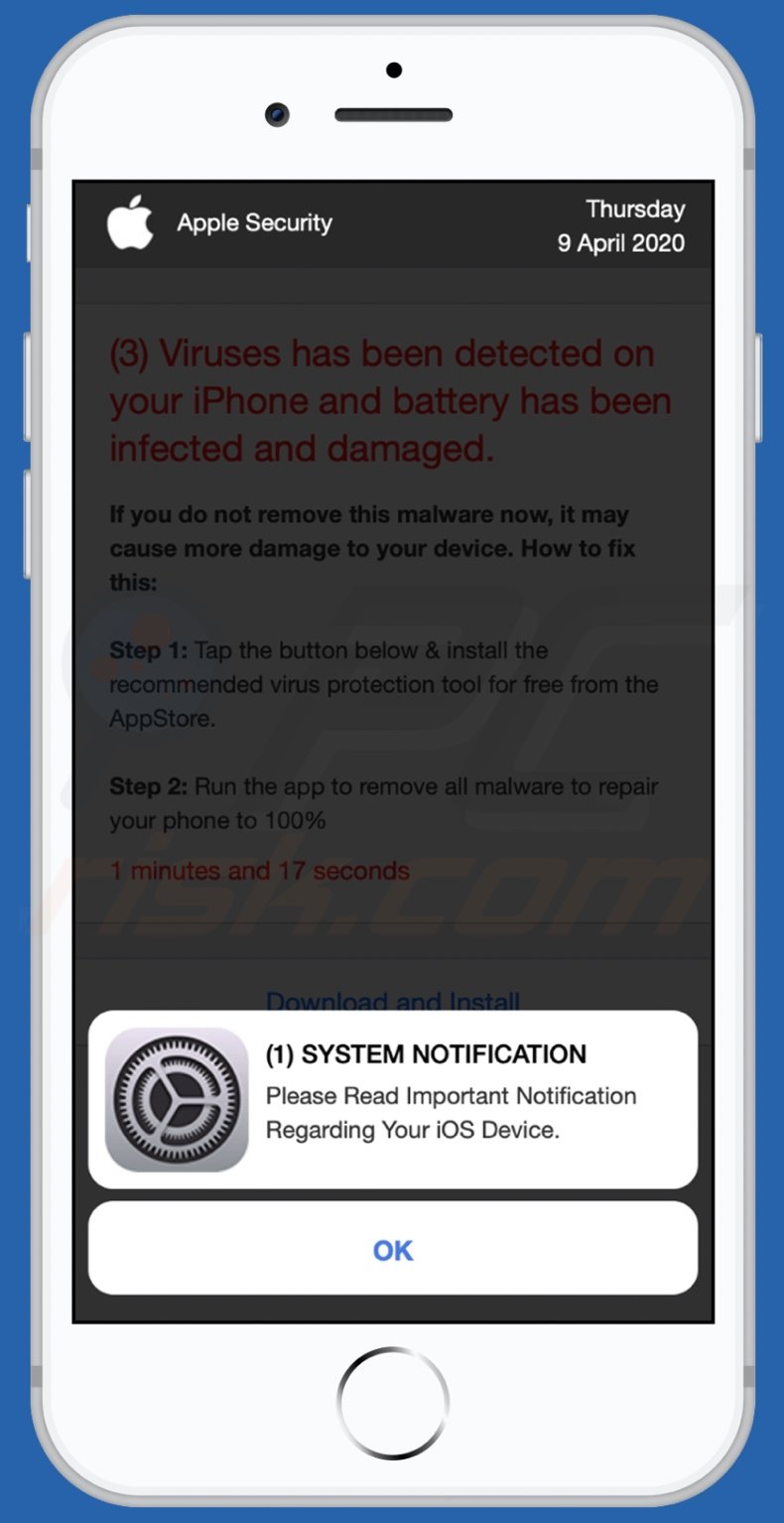


Someone may dismiss a notification like this by accident and Google wants to make sure they are aware of what is going on.

The way Google went about doing it is a bit harsh if you ask me but I can understand why they did it. Without this, Google would either need to limit the background usage (which is still happening in some cases) or leave us wondering which application or game is chewing through our batteries. This is where the App is Using Battery Notification issue comes into play as it’s a way for Android to give us information about what is going on with our smartphone or tablet. So instead of nailing every thing down and limiting functionality, Google has opted for a more informed approach. Giving our applications the freedom to do what they wanted has been a major selling point of Android for a lot of people and Google is aware of that. For years people have recommended iOS devices because they lasted longer due to the platform being more strict on the applications that can be installed. Over the last 3-4 years we’ve watched as Google has started to take battery life very seriously on their mobile operating system.


 0 kommentar(er)
0 kommentar(er)
